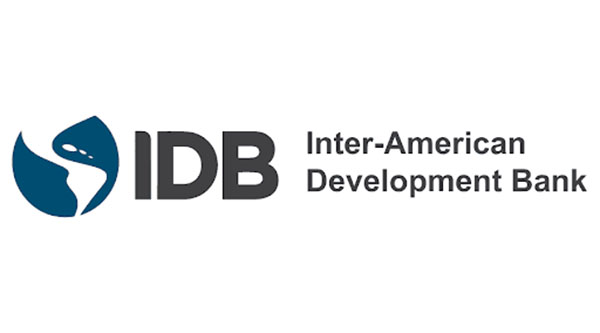Caribbean Community (CARICOM) countries, not least Guyana, have long had to face challenges in matters of public accountability not least in areas pertaining to the administration of public funds. Contextually they – and again including Guyana – would do well to follow the precedent set recently by Jamaica in signing on to the Inter-American Development Bank’s InvestmentMap regime which enables public access to a verifiable source of information that allows for citizens to continually track the ongoing progress of various aspects of state-financed projects and projects that utilize finances provided by donor or lending agencies.
Jamaica announced last week that it has signed on to the InvestmentMap facility which allows users to see the location of each project, determine its start to finish timelines, the budget attached to each project, how much has already been spent, and when the project is expected to end. “The platform is interactive. Citizens, NGOs, private companies, or other stakeholders can provide comments, ask questions and submit their own pictures of projects,” the Jamaica Gleaner quotes the country’s Ministry of Finance as saying.
From a Guyana perspective, particularly, a tool of this kind could become a game-changer in a country where an absence of sustained and coherent, publicly available information on ongoing state projects, particularly details that have to do with financial disbursements and key completion timelines, are widely believed to be deliberately designed to facilitate stealing from the state. And if it has become customary for changes in political administration to be attended by charges associated with a lack of due diligence in the execution of such projects, there has been no real evidence of a removal of the canvas of suspicion that has been draped over one government after the other.
The IDB initiative, referred to as the InvestmentMap, has been in existence since 2012. It essentially opens up state and IDB-funded projects to what would appear to be an unprecedented level of public scrutiny. And while its aim is to improve transparency of public investments, its potential role as a tool that allows for an enhanced media and public source of information on the progress being made in the execution of state and IDB-financed projects and a source of likely skullduggery, which information would facilitate the holding of government’s feet to the fire, is unmistakable.
Jamaica has become the first country in the English-speaking Caribbean to sign on to the InvestmentMap project. The project arises out of a decision which it made back in 2018. A prototype was developed and advanced to an online platform for preview while the final stage of the project saw the country’s Ministry of Finance “working on improving the quality of information that flowed from the government on to the platform,” a report in the Jamaica Gleaner said.
At the time of the Gleaner’s report the investment map showed eighty-five projects from the central government. The Gleaner reports that a second phase of the project will see the Ministry “adding information from public bodies; then go further to include information from projects that are public-private partnerships,(PPP’s), and any other type of unsolicited proposals that might become part of the capital landscape of the Government of Jamaica.
There are technical issues associated with the effective implementation of such a project though these are clearly far from insurmountable. One suspects, however, that it is the political discourse over implementation that could become littered with controversy. In Guyana, the tradition of disseminating what is deemed to be sensitive state information to the public is grounded in what is described as a need-to-know basis and it is usually the government that determines that need or otherwise. Frankly, the historic behaviour of government in Guyana does not lead us to believe that it will openly and without some kind of ‘censorship’ place information that can point to irregularities in the execution of state contracts at the disposal of the public.
On the other hand – and since there is everything positive to be gained for participating countries from signing on to the IDB’s InvestmentMap initiative, there really is no good reason why the idea should not be put to both government and the country as a whole for some kind of ratification. In so doing we may not only be executing projects more efficiently while almost certainly saving the public coffers a great deal of money but also providing such assurances as have long been lacking in the matter of its preparedness to allow for a culture of free and transparent encounters with the nation. That is as valuable a ‘gift’ as those who govern can provide to the governance process.
Under the Jamaica model the overall administering of the InvestmentMap system has been assigned to the Ministry of Finance while each state agency rolling out projects has assigned a Project Manager to upload the projects onto the system.
Several countries in the hemisphere including Argentina, Colombia, Costs Rica, the Dominican Republic, Paraguay and Peru have launched InvestmentMaps.
The Gleaner report says that in the instance of Costa Rica the implementation of the Investment/Map regime has “accelerated the financial progress of projects by 18 per cent and the physical progress by 8 per cent, compared to projects not included in the platform.”






